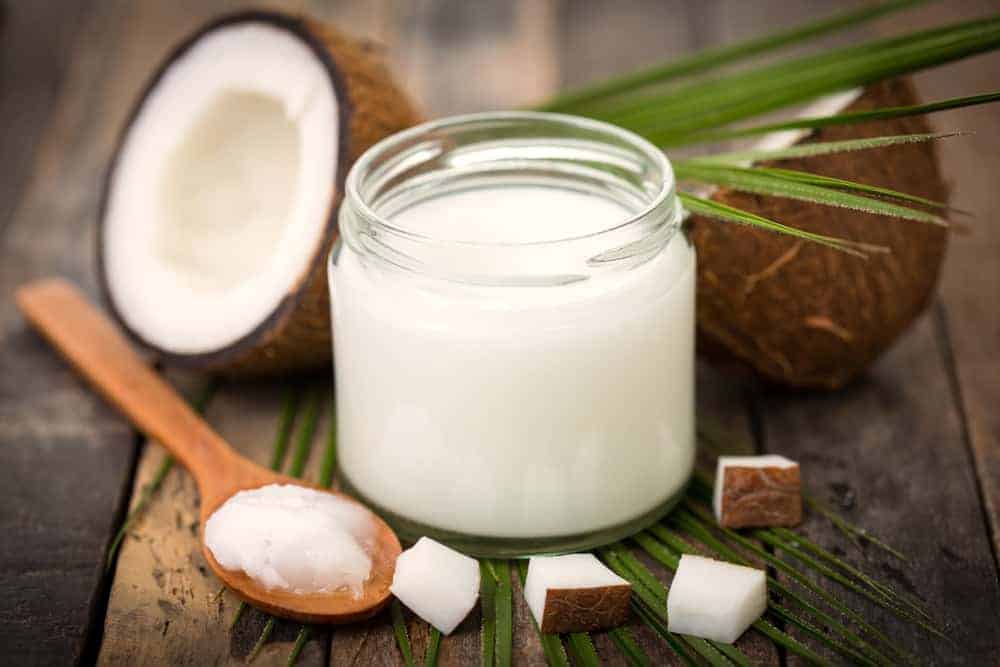The Biggest Wine Myths People Still Get Wrong (And the Truth Behind Them)
Many believe every bottle of wine improves with time, but this is far from true. In reality, most wines—such as most Sauvignon Blancs and Beaujolais Nouveau—are crafted to be enjoyed young, within a few years of bottling. Only select varieties like fine Bordeaux or Barolo are made for aging.
Always Serve Red Wine at Room Temperature—Or Should You?
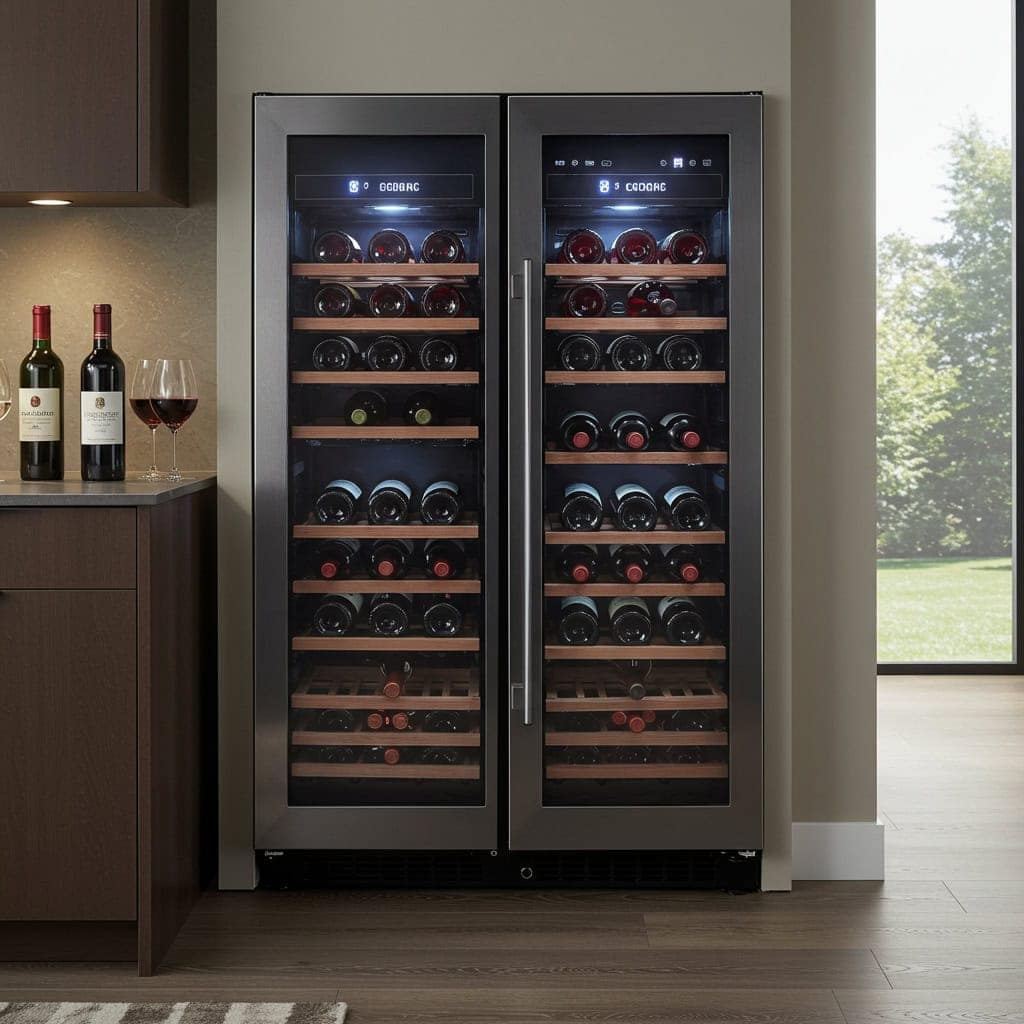
The idea that red wine should always be served at room temperature is outdated. Modern homes are often warmer than traditional wine cellars, making reds taste overly alcoholic or flat. Experts recommend serving lighter reds like Pinot Noir slightly chilled (around 55°F), while fuller-bodied reds such as Cabernet Sauvignon are best at 60-65°F. Serving temperature dramatically influences aroma and flavor.
Screw Caps Mean Cheap or Inferior Wine
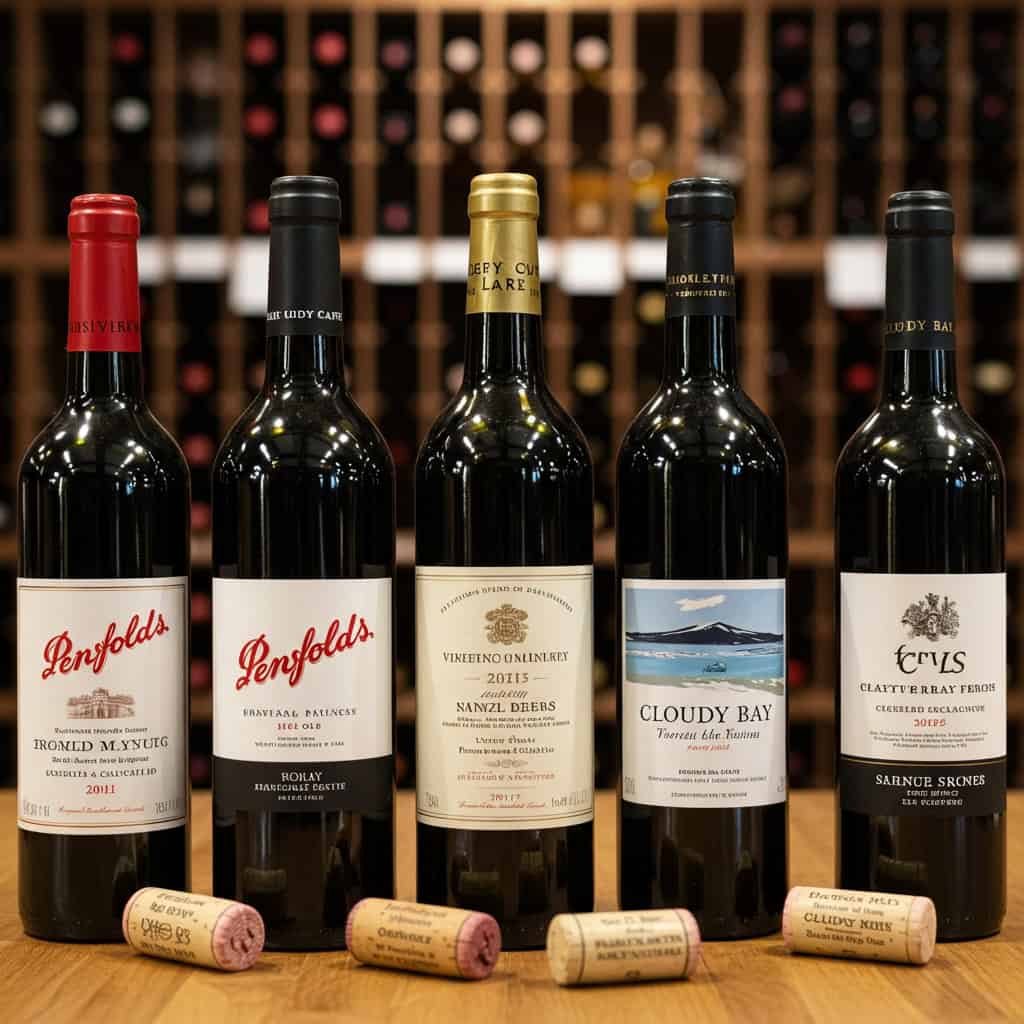
The belief that screw caps signal low-quality wine is outdated. Many top wineries, especially in Australia and New Zealand, use screw caps to prevent cork taint and preserve freshness. Screw caps offer consistent aging and reduce the risk of oxidation, making them an excellent choice for both whites and reds. Renowned producers like Penfolds and Cloudy Bay use screw caps for premium wines.
White Wine Only Goes with Fish and Chicken

The old rule that white wine pairs only with fish and chicken, while red is reserved for red meat, is far too simplistic. Modern sommeliers emphasize that successful pairings depend more on flavors, textures, and sauces. For example, a rich, oaked Chardonnay can complement pork or veal, and aromatic Rieslings work beautifully with spicy dishes. Meanwhile, lighter reds like Pinot Noir can enhance salmon.
Sweet Wines Are Only for Beginners
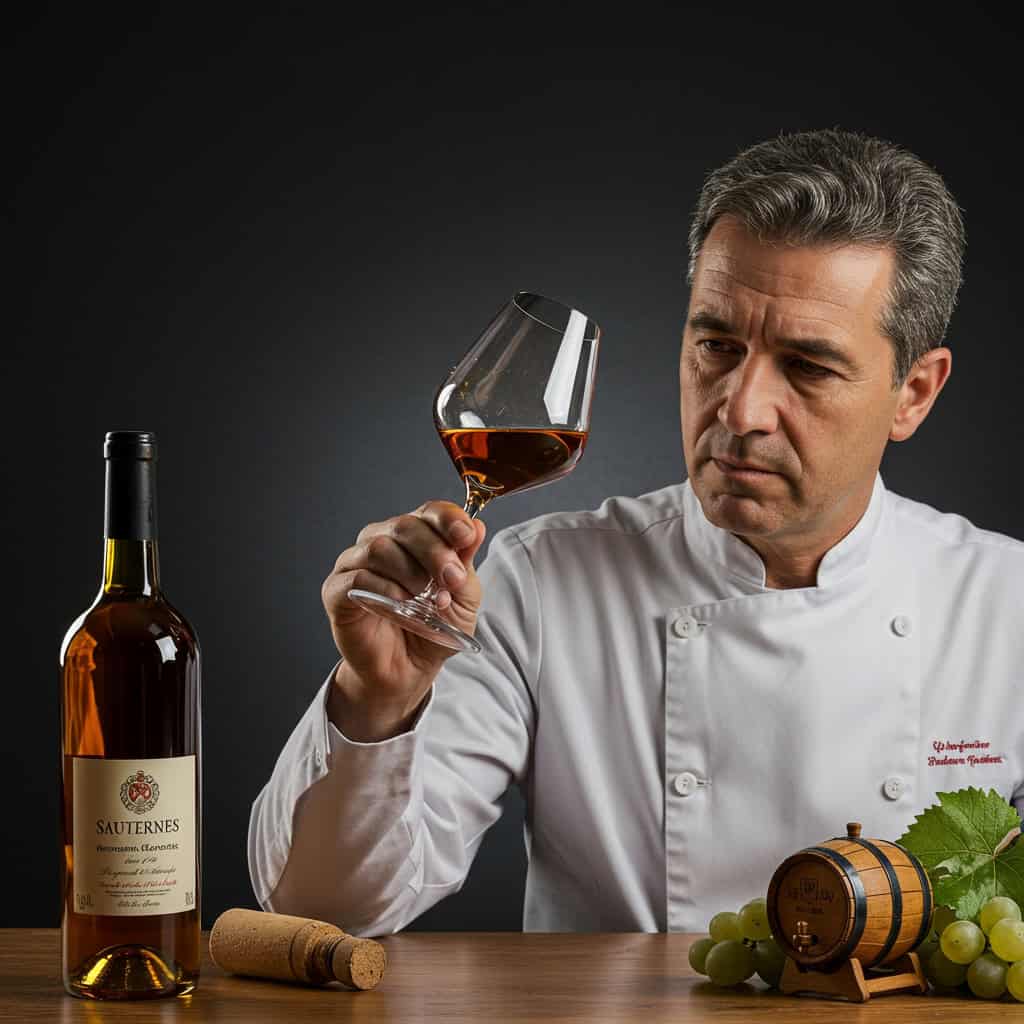
Sweet wines are often dismissed as simple or unsophisticated, but this couldn’t be further from the truth. Legendary wines like Sauternes, Tokaji, and German Rieslings are highly prized by collectors and sommeliers for their complexity, balance, and aging potential. The production of fine sweet wines involves meticulous techniques, from hand-harvesting to careful fermentation.
Rosé Is Just a Mix of Red and White Wines

Contrary to popular belief, most rosé wines are not made by blending red and white wines. Instead, winemakers use methods such as saignée (bleeding off juice from red grapes) or direct press, where red grapes are gently pressed to extract minimal color. Regions like Provence in France are renowned for their expertly crafted rosés using these techniques.
Expensive Wine Is Always Better

The idea that only pricey bottles deliver quality wine is misleading. Factors like branding, region, and rarity often inflate prices, rather than the actual taste or craftsmanship. Blind tastings frequently show that affordable wines can rival or surpass their expensive counterparts. Great value can be found at every price point, making exploration worthwhile for all wine lovers.
Wine Legs Indicate Quality

Many assume that prominent ‘legs’ or ‘tears’ on a wine glass signal superior quality, but this is a myth. In reality, legs form due to the wine’s alcohol and sugar content, not its excellence. This effect, known as the Marangoni effect, has been thoroughly studied and debunked by scientists.
All Natural Wines Are Sulfite-Free
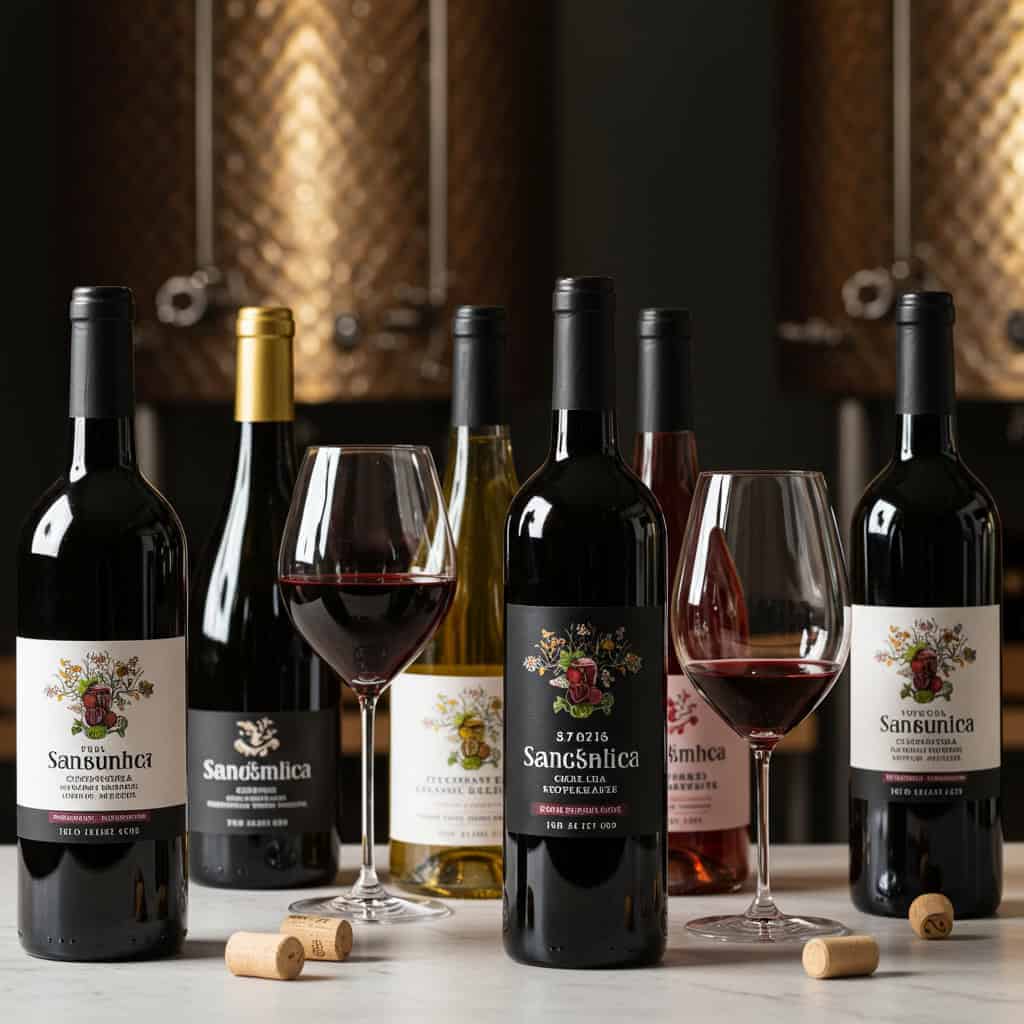
It’s a common misconception that natural wines are completely free of sulfites. In fact, all wines, even those labeled as ‘natural,’ contain some sulfites, as they are a natural byproduct of fermentation. Winemakers may add minimal extra sulfites to help preserve wine and prevent spoilage. Sulfites play a crucial role in wine stability and safety.
Red Wine Causes More Headaches than White
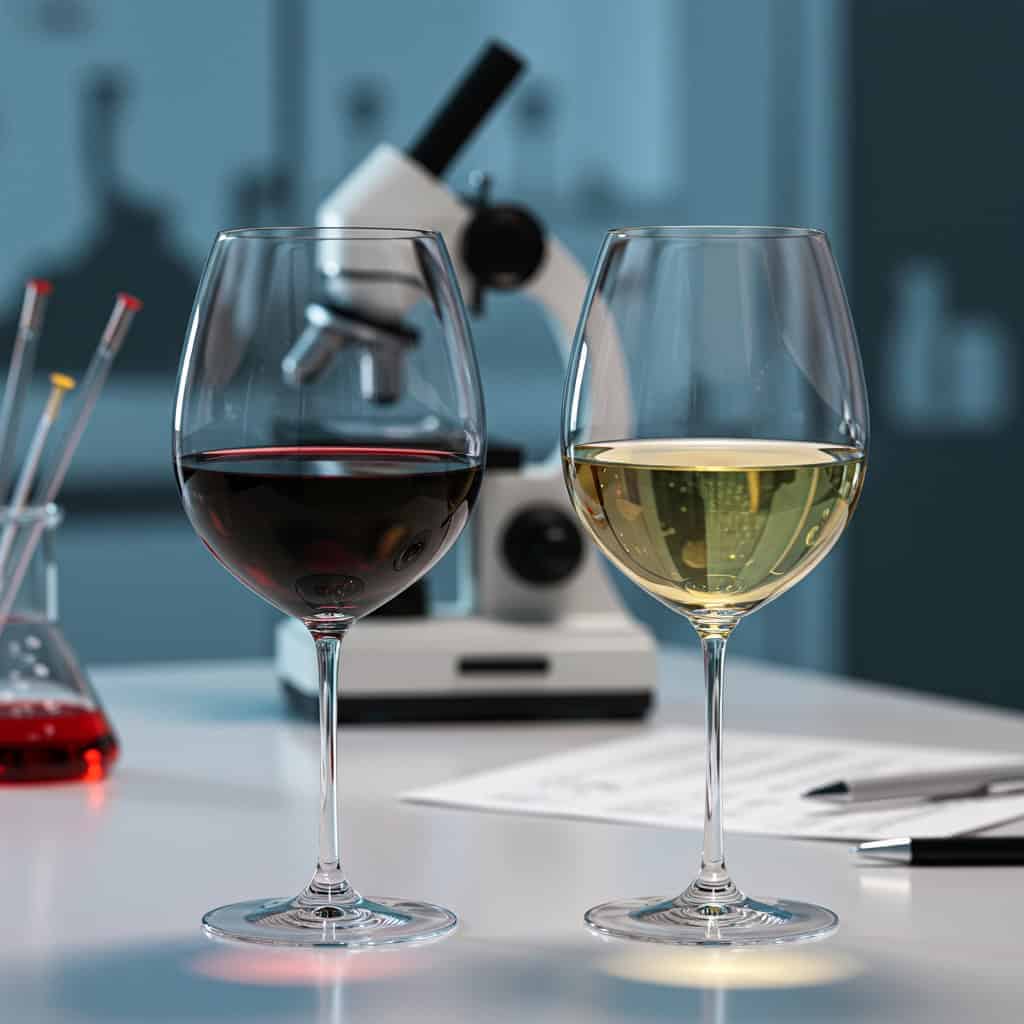
The belief that red wine is more likely to cause headaches than white isn’t supported by definitive science. While some people are sensitive to compounds like histamines and tannins found in reds, others might react to substances present in whites. Research shows that sulfites are rarely the culprit, as most people do not have true sulfite allergies. Individual sensitivities play the biggest role.
Champagne Is Only for Special Occasions
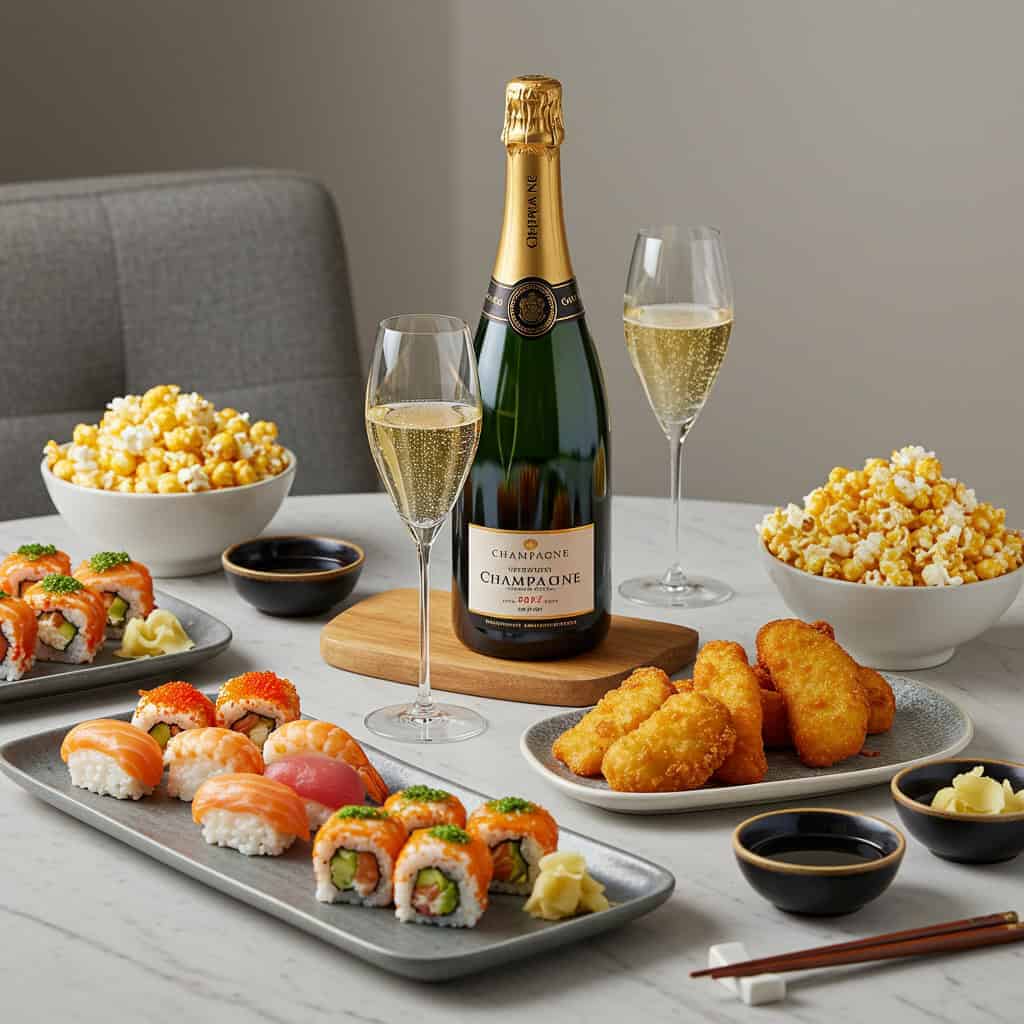
It’s a myth that Champagne and other sparkling wines are just for toasts and celebrations. In many cultures, bubbles are enjoyed with everyday meals, thanks to their refreshing acidity and versatility. Champagne pairs beautifully with fried foods, sushi, and even popcorn. Don’t wait for a special event to pop a cork—sparkling wine can elevate any meal.
.article-content-img img { width: 100% }



